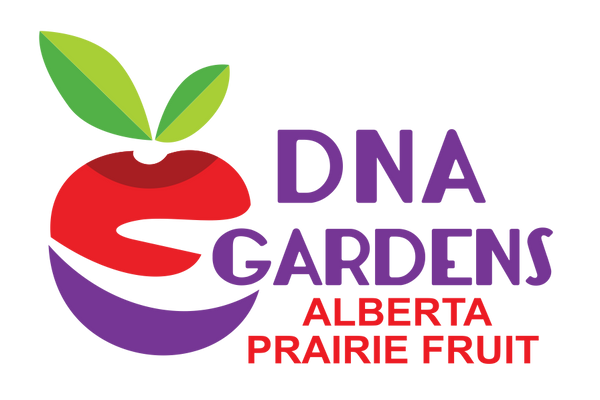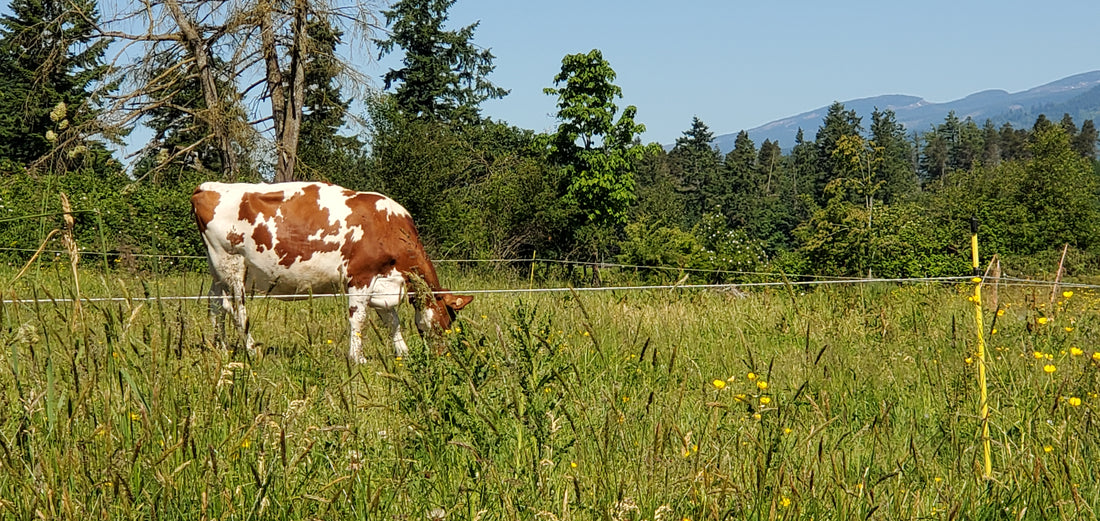Permaculture: A Sustainable Approach to Landscaping
Permaculture is a design concept inspired the systems nature already has in place. It is a method to make your food garden as self-sufficient as possible, with minimal maintenance, while positively impacting the environment. Got your attention now? The term "permaculture" is a combination of the words "permanent" and "agriculture".
To be clear we are not a permaculture farm at DNA Gardens but we are curious gardening folk beginning to study and implement more of these practices. Some of which are as old as we are, such as,
rainwater collection, while others such as Hügelkultur, will need some further exploring….
Permaculture design is based off “zones” which are determined by the proximity to the main building, usually the home. Consideration is then given to how often the ‘zones’ are tended. Vegetable and herb gardens are closest to the house for easy access, while the farthest zone is often left wild and untouched for wildlife habitat. In between are areas for orchards, greenhouses, and fields for livestock. Each zone serves a purpose to support the entire landscape, providing food and shelter for people, animals, and wildlife.
Permaculture is an amalgamation of organic farming, sustainable development, applied ecology, and agroforestry. To build regenerative systems like a pro, consider these techniques:
- Hügelkultur (a raised bed method)
- Rainwater and greywater( harvesting and distribution)
- Lasagna mulching (layering organic materials)
- Composting (creating nutrient-rich soil)
- Rotational grazing (strategic animal management)
- Ferro cement beds (Building with natural materials)
- Zone based design
- Wicking beds
- Food Forests (growing food throughout the layers)
- Ground covers (plants and mulch to protect the soil)
Keep an eye out for future blogs where we go further into detail about some of these concepts.
Written by Skye K.
Horticulturist at DNA Gardens

